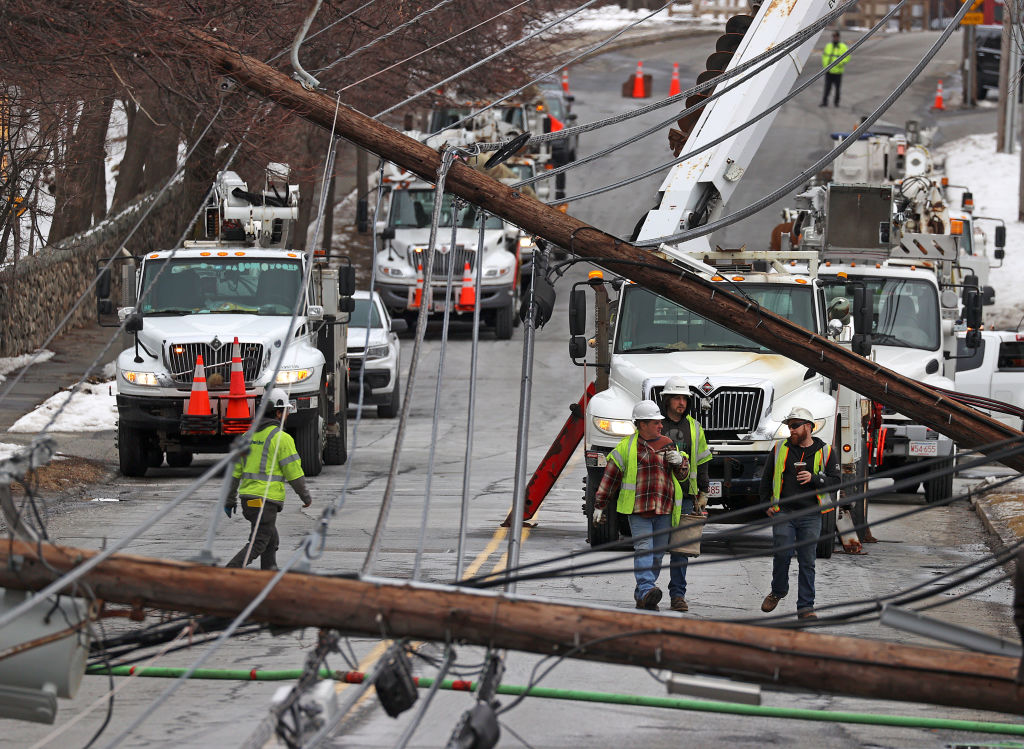
3 月 . 20, 2024 16:14 Back to list
Most States Do Little to Encourage Their Microgrids Development
Microgrids have the potential to strengthen aging electricity systems, providing a reliable source of power during emergencies like the one faced by residents of Del Norte County, California, during an August wildfire. In this particular instance, a makeshift microgrid was able to generate electricity locally and prevent residents from being left in the dark for weeks. While the use of diesel generators may not be considered clean energy, the temporary solution in Del Norte County sheds light on the importance of incorporating microgrids into our energy landscape. With proper planning and development, microgrids could play a significant role in generating clean energy and enhancing overall grid resilience.
A microgrid is essentially a localized energy system that can operate either in conjunction with the main grid or independently from it. These systems can cater to various needs, from powering housing developments and military bases to school campuses and medical complexes. While clean energy advocates often focus on microgrids powered by rooftop solar combined with battery storage, it's important to note that microgrids can also run on fossil fuels or a combination of different energy resources. In the United States, there are already several thousand microgrid projects in operation, with many more in development. States like Texas, California, Florida, and Alaska lead the way in terms of the number of projects implemented.
Despite the potential benefits of microgrids, a recent report indicates a lack of support for their development in many states across the country. The report, which features a state-by-state report card on microgrid support, reveals that the majority of states have not actively encouraged the adoption of microgrid technology. While no state received an "A" grade, leaders like Colorado, Connecticut, Hawaii, and Texas earned "B" grades for their efforts. Sixteen states received "C" grades, including California, while the remaining states obtained "D" grades, signifying varying levels of support for microgrid initiatives.

California, known for its leadership in rooftop solar and battery storage adoption, presents an interesting case study where the state's progress in clean energy contrasts with its shortcomings in promoting microgrids. Despite being at the forefront of clean energy initiatives, California has faced challenges in the implementation of microgrid projects, with some high-profile attempts being rejected by regulators due to opposition from utilities or utility-friendly groups. This discrepancy raises questions about California's ability to effectively integrate distributed energy resources like microgrids into its energy system and take full advantage of their potential benefits.
One of the key takeaways from the report is the lack of uniform support for microgrid development across states. While some states have made strides in this area, such as Maine passing a microgrid law in 2021 to establish a framework for project applications, others have shown little to no progress. Texas, for example, recently passed a law to create a substantial grant program aimed at promoting grid resilience, including funding for microgrid projects. This demonstrates a growing recognition of the importance of microgrids in enhancing energy reliability and resilience, even if the projects may involve a mix of energy sources beyond just renewables.
The report's findings underscore the urgent need for states to prioritize the development of microgrid technology to ensure a more resilient and sustainable energy future. By fostering innovation and providing support for microgrid projects, state, local, and tribal governments can contribute to cleaner and more reliable electricity systems. The shift towards embracing microgrids not only offers a solution to grid challenges posed by events like wildfires but also presents an opportunity to improve overall energy efficiency and reduce emissions. With the potential for significant rewards in terms of grid reliability and environmental impact, it is imperative for states to take proactive steps towards promoting the adoption of microgrid technology.
In conclusion, microgrids have the potential to revolutionize the energy landscape by offering localized, reliable, and sustainable power solutions. While the implementation of microgrid projects faces various challenges, including regulatory hurdles and lack of support in certain states, there are clear signs of progress and growing recognition of the importance of microgrids for grid resilience. By addressing these obstacles and prioritizing the development of microgrid infrastructure, states can enhance energy reliability, reduce emissions, and pave the way for a cleaner and more resilient energy future. The report serves as a wake-up call for policymakers and stakeholders to prioritize and invest in microgrid initiatives to ensure a more sustainable and secure electricity system for future generations.
-
Unraveling the Power of EMS Energy Management Systems
NewsOct.23,2024
-
Unleashing the Potential of Power System Management and Smart Energy Solutions
NewsOct.23,2024
-
Smart Energy Mastery: Unleashing the Power of Controls
NewsOct.23,2024
-
Smart Energy Management: Unleashing the Power of Energy Management Systems and BMS Energy
NewsOct.23,2024
-
Powering Progress: ADMS, Intelligent Management & More
NewsOct.23,2024
-
Energizing the Future: Devices, Smart Management & Savings
NewsOct.23,2024


